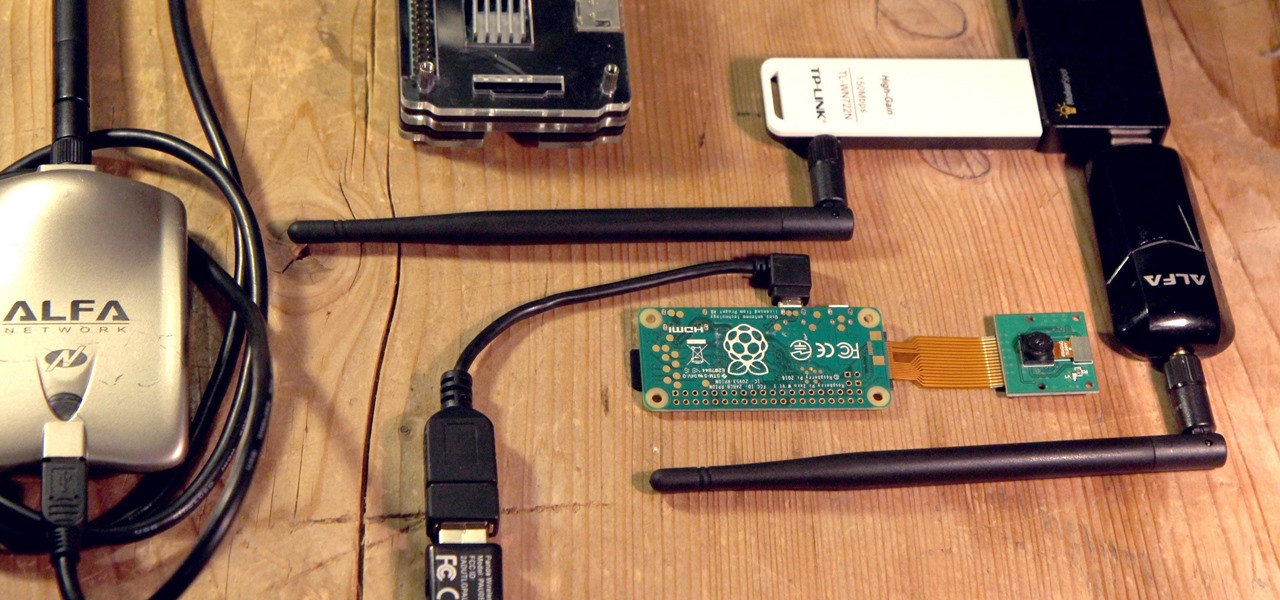Linux Basics


How To: Linux Basics for the Aspiring Hacker: Using Ship for Quick & Handy IP Address Information
Whether you're white hat, black hat, or some shade in-between, navigating through a network is a core part of hacking. To do that, we need to be able to explore a network to discover the addresses of gateways, interfaces, and other attached devices. When ifconfig just isn't enough, you can steer your way around a network with a convenient tool called Ship, the script for everything IP.
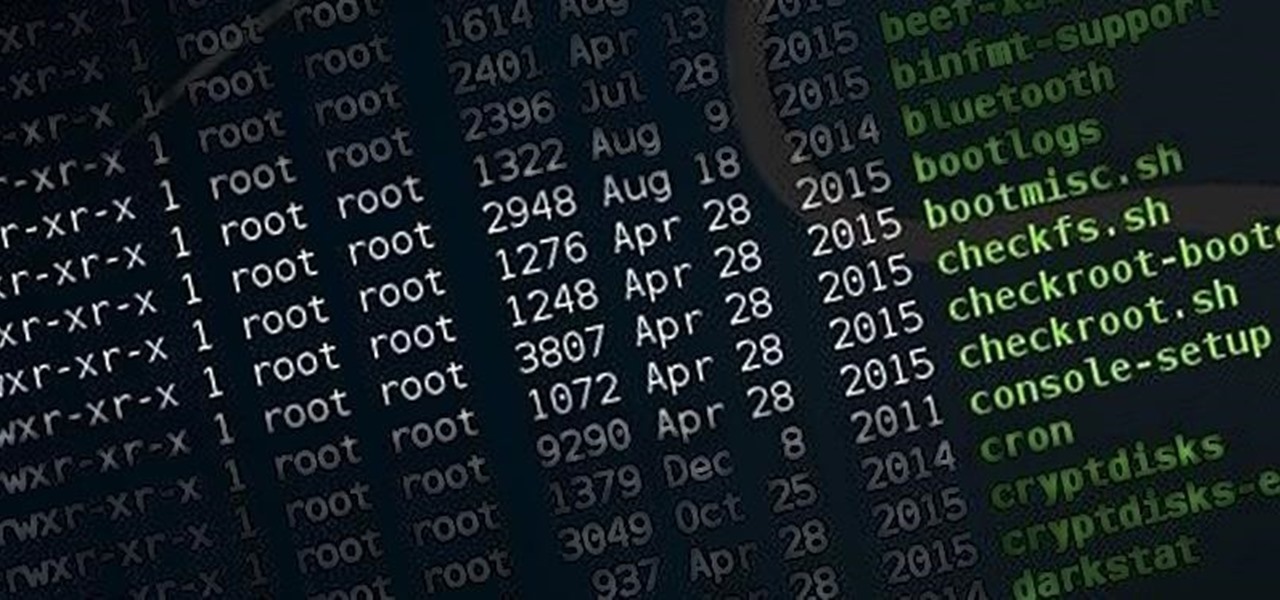
How To: Linux Basics for the Aspiring Hacker: Using Start-Up Scripts
Very often we have processes in Linux that we want to always run in the background at startup. These would be processes that we need to start at bootup and always be available to us.

How To: Linux Basics for the Aspiring Hacker: Managing Hard Drives
Managing hard drives in Linux is crucial to understanding your system and its operation as well as understanding the system you are exploiting or conducting a forensic analysis on. Linux has numerous commands that can provide us with information, control, and management of hard drives, and in this tutorial, we will examine a number of the most important ones.
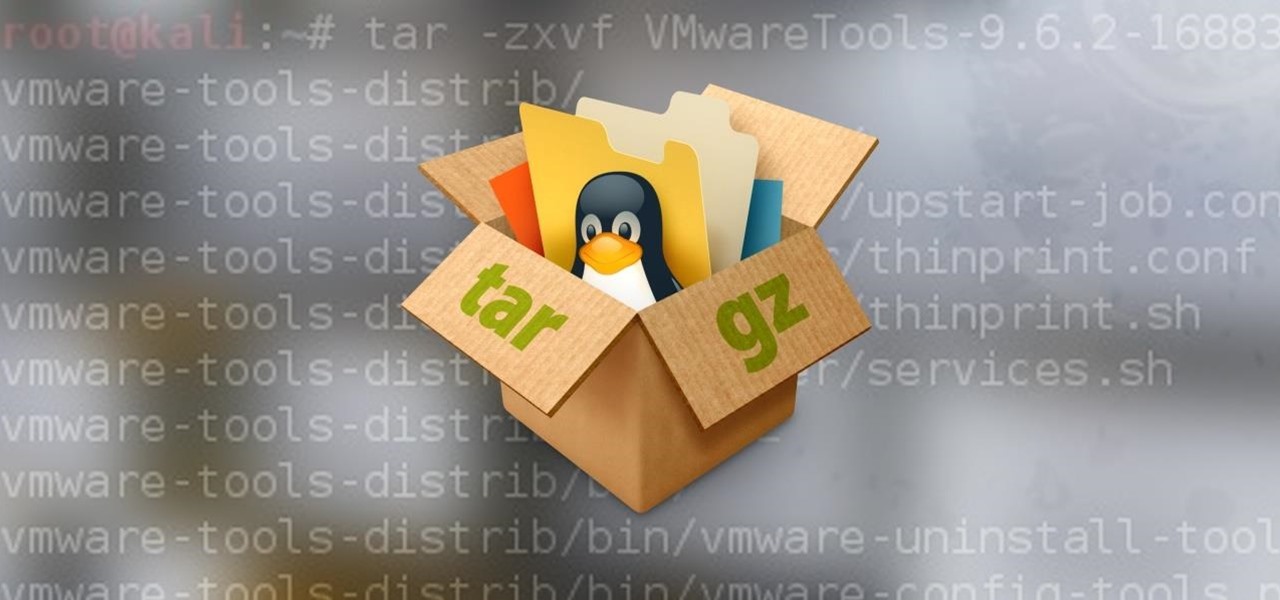
How To: Linux Basics for the Aspiring Hacker: Archiving & Compressing Files
When using Linux, we often need to install new software, a script, or numerous large files. To make things easier on us, these files are usually compressed and combined together into a single file with a .tar extension, which makes them easier to download, since it's one smaller file.

How To: Linux Basics for the Aspiring Hacker: Configuring Apache
Welcome back, my hacker novitiates! In an earlier Linux Basics tutorial, I had demonstrated the basics of the Apache web server. Since Apache is the world's most widely used web server on the Internet (as of July 2015, Apache was 38%, IIS was 26%, and Nginx is 15%), the more you know about it and understand it, the more success you are likely to have hacking it.

Hack Like a Pro: Linux Basics for the Aspiring Hacker, Part 25 (Inetd, the Super Daemon)
Welcome back, my rookie hackers! In my ongoing attempts to familiarize aspiring hackers with Linux (nearly all hacking is done with Linux, and here's why every hacker should know and use it), I want to address a rather obscure, but powerful process. There is one super process that is called inetd or xinetd or rlinetd. I know, I know... that's confusing, but bear with me.

Hack Like a Pro: Linux Basics for the Aspiring Hacker, Part 24 (The Linux Philosophy)
Welcome back, my aspiring hackers! Although this article may have been better placed first in this series, I doubt that anyone would have read it when just starting out studying Linux. Now, that you are well into your Linux studies and have some familiarity with how it operates, I'd like to take this moment to explain the philosophy around the Linux operating system.
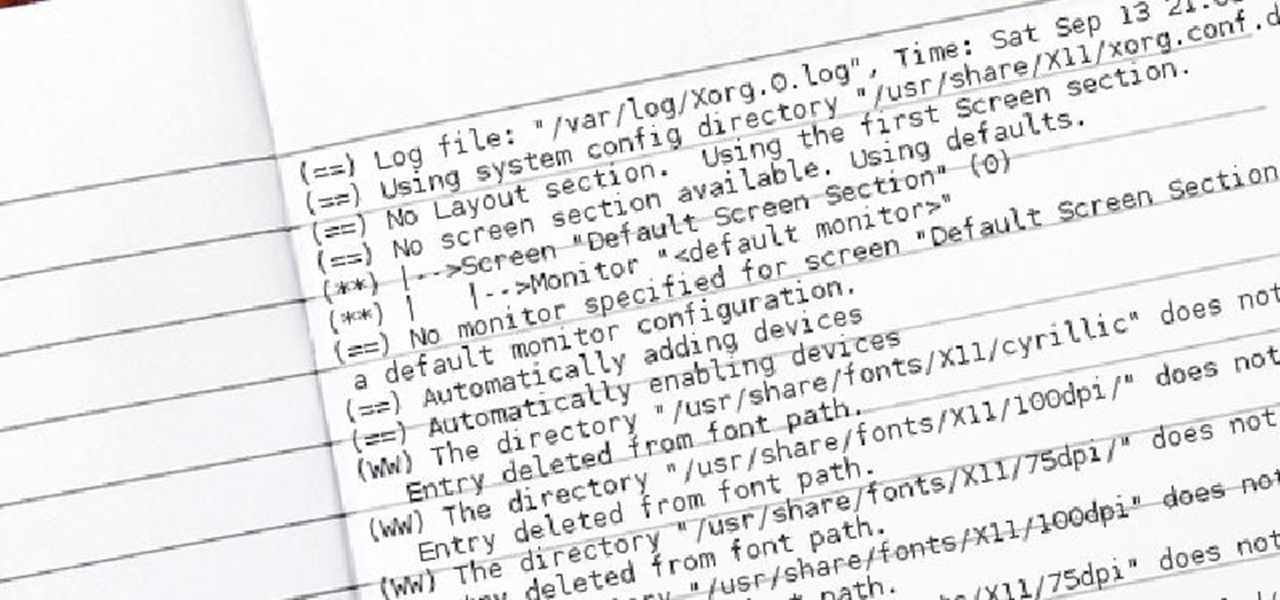
Hack Like a Pro: Linux Basics for the Aspiring Hacker, Part 23 (Logging)
Welcome back, my amateur hackers! When you are using and administering Linux, it is important to be conversant in the use of the log files. As you know, log files are the repository for much information about our system, including errors and security alerts.
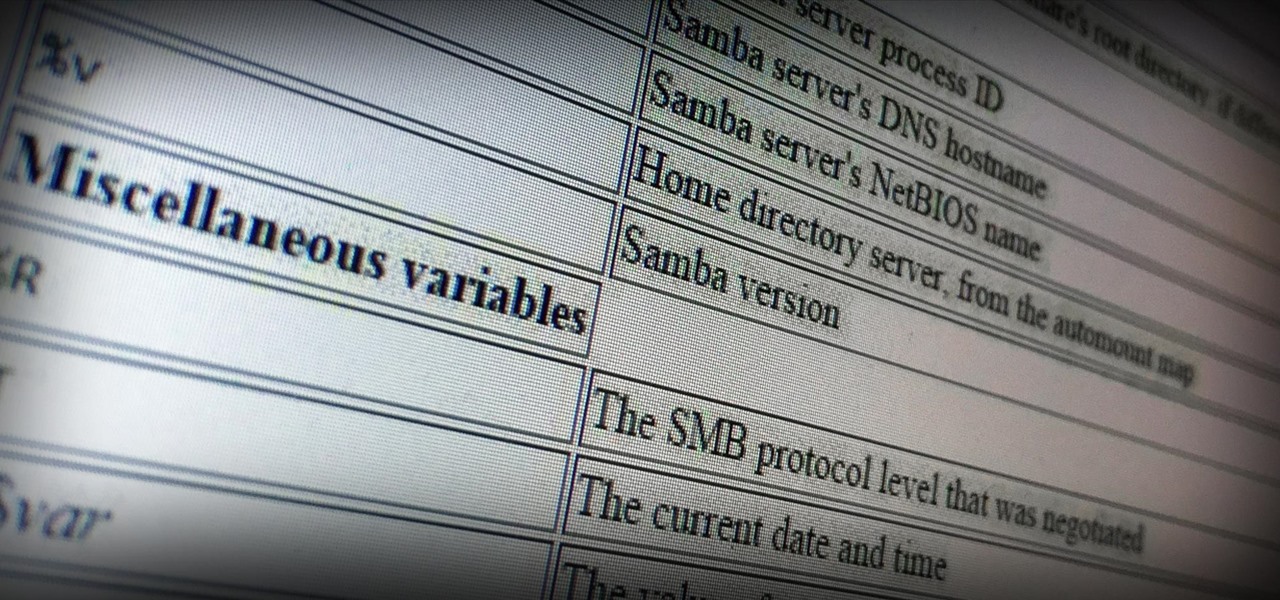
Hack Like a Pro: Linux Basics for the Aspiring Hacker, Part 22 (Samba)
Welcome back, my aspiring hackers! Those of you who use Windows in a LAN environment understand that Windows machines can share directories, files, printers, etc. using "shares." This protocol dates back to the 1980s when the then dominant computer firm, IBM, developed a way for computers to communicate over the LAN by just using computer names rather than MAC or IP addresses.
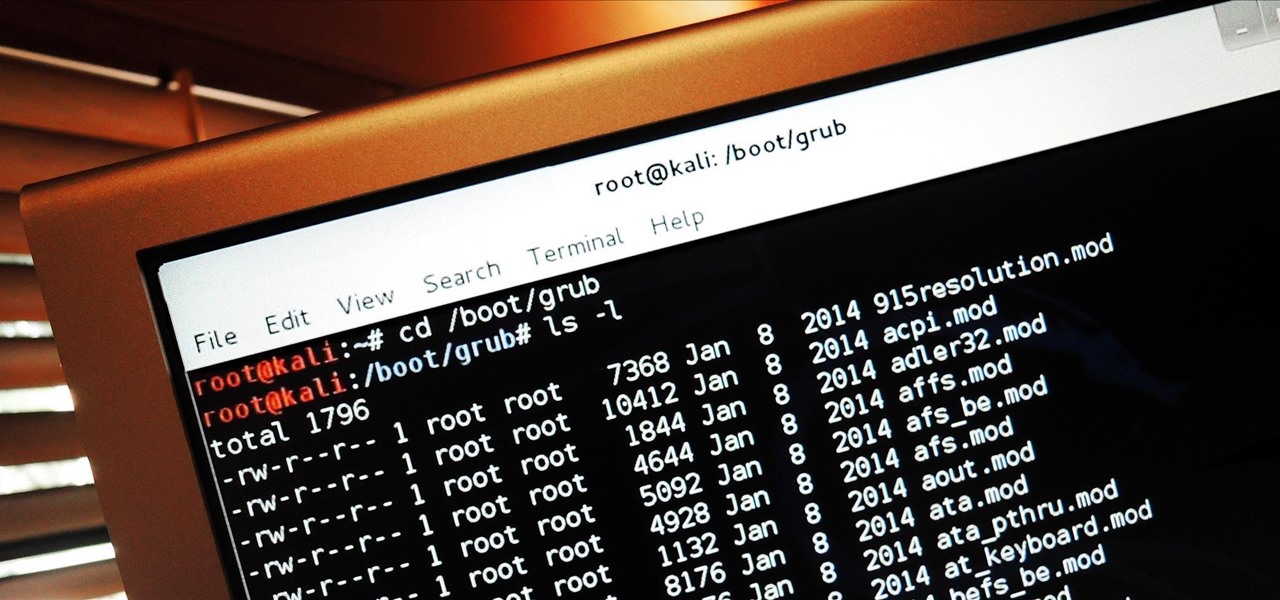
Hack Like a Pro: Linux Basics for the Aspiring Hacker, Part 21 (GRUB Bootloader)
Welcome back, my aspiring hackers! Many of you have installed Kali Linux as a virtual machine (VM) using VMware or VirtualBox, while others have installed Kali (or BackTrack) in a dual-boot system. The drawback to installing these hacking systems as a VM is that it then requires an external wireless adapter (your wireless adapter is piped through the VM as a wired device, eth0), but it makes for a great place to test your hacks while honing your skills.

Hack Like a Pro: Linux Basics for the Aspiring Hacker, Part 20 (Devices Files)
Welcome back, my aspiring hackers! In recent tutorials, I have made reference to the name and location of the Linux devices in the file system, such as sda (first SATA or SCSI drive). Specifically, I have mentioned the way that Linux designates hard drives when making an image of a hard drive for forensic purposes.

Hack Like a Pro: Linux Basics for the Aspiring Hacker, Part 19 (Linking Files)
Welcome back, my aspiring hackers!

Hack Like a Pro: Linux Basics for the Aspiring Hacker, Part 18 (Scheduling Jobs)
Welcome back, my aspiring hackers! In previous tutorials, I have shown you how to scan the globe for vulnerable servers and write simple scripts in BASH and Perl to perform other reconnaissance tasks. In a very recent guide, I taught how to scan vulnerable servers for Heartbleed.

Hack Like a Pro: Linux Basics for the Aspiring Hacker, Part 17 (Client DNS)
Welcome back, my aspiring hackers! Domain Name System (DNS) is one of those things we seldom think about unless it doesn't work. Then, it can be very frustrating when we attempt to navigate to a website and we get that frustrating error message.
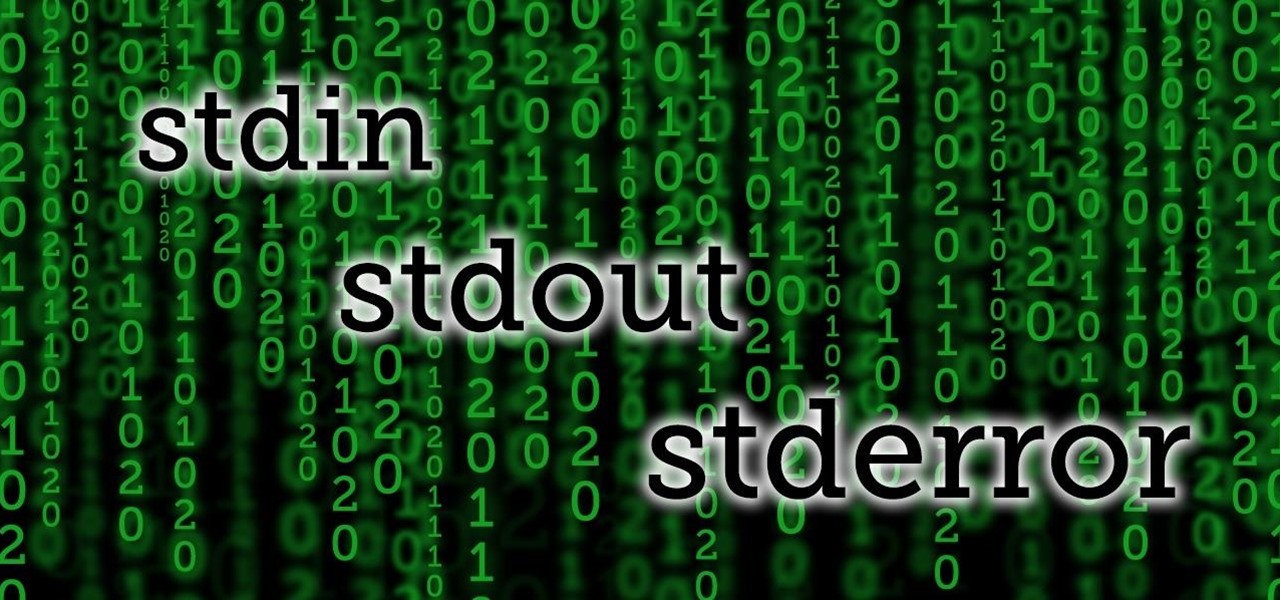
Hack Like a Pro: Linux Basics for the Aspiring Hacker, Part 16 (Stdin, Stdout, & Stderror)
Welcome back, my budding hackers! In previous tutorials, we've looked at some of the basic commands and concepts for using Linux. Along the way, I realized that I've failed to provide you with some basic background material on the stdin, stdout, and stderror.

Hack Like a Pro: Linux Basics for the Aspiring Hacker, Part 15 (Creating a Secure Tunnel to MySQL)
Welcome back, my budding hackers! In my continuing effort to build your basic Linux skills for hacking, I want to show you how to build a secure "tunnel" to MySQL.
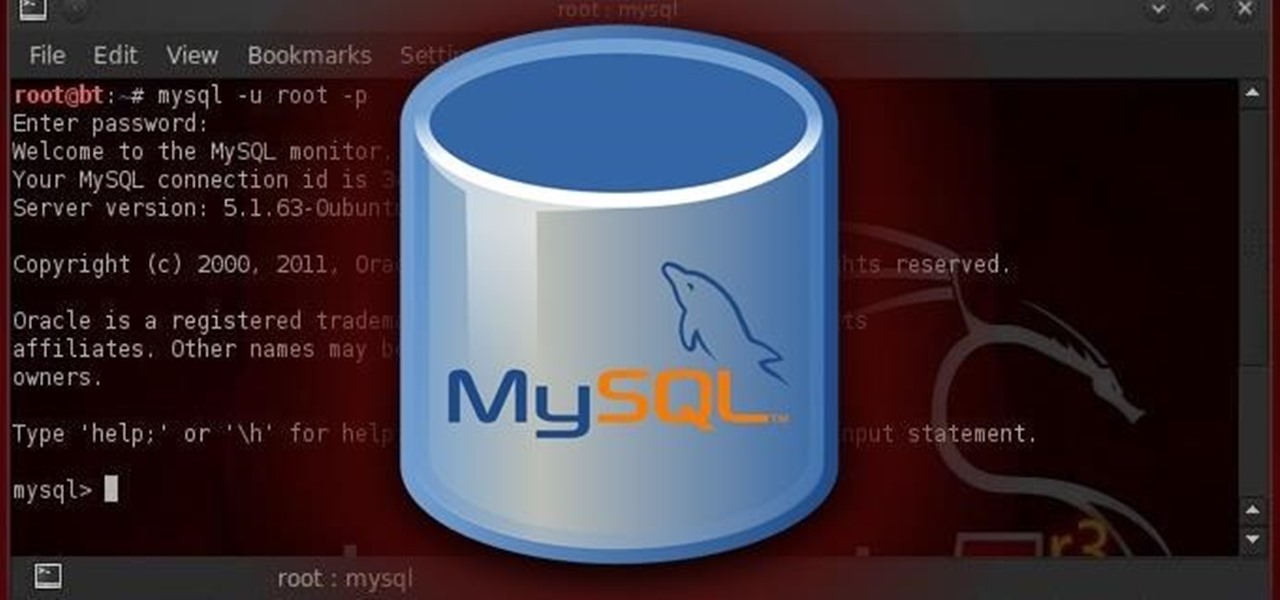
Hack Like a Pro: Linux Basics for the Aspiring Hacker, Part 14 (MySQL)
Welcome back, my greenhorn hackers!

Hack Like a Pro: Linux Basics for the Aspiring Hacker, Part 13 (Mounting Drives & Devices)
Welcome back, my aspiring hackers! One of those areas of Linux that Windows users invariably struggle with is the concept of "mounting" devices and drives. In the Windows world, drives and devices are automatically "mounted" without any user effort or knowledge. Well, maybe a bit of knowledge. Most Windows users know to unmount their flash drive before removing it, but they usually think of it as "ejecting" it.

Hack Like a Pro: Linux Basics for the Aspiring Hacker, Part 12 (Loadable Kernel Modules)
Welcome back, my budding hackers! In my continuing series on Linux basics for aspiring hackers, I now want to address Loadable kernel modules (LKMs), which are key to the Linux administrator because they provide us the capability to add functionality to the kernel without having to recompile the kernel. Things like video and other device drivers can now be added to the kernel without shutting down the system, recompiling, and rebooting.

Hack Like a Pro: Linux Basics for the Aspiring Hacker, Part 11 (Apache Web Servers)
Welcome back, my aspiring hackers!
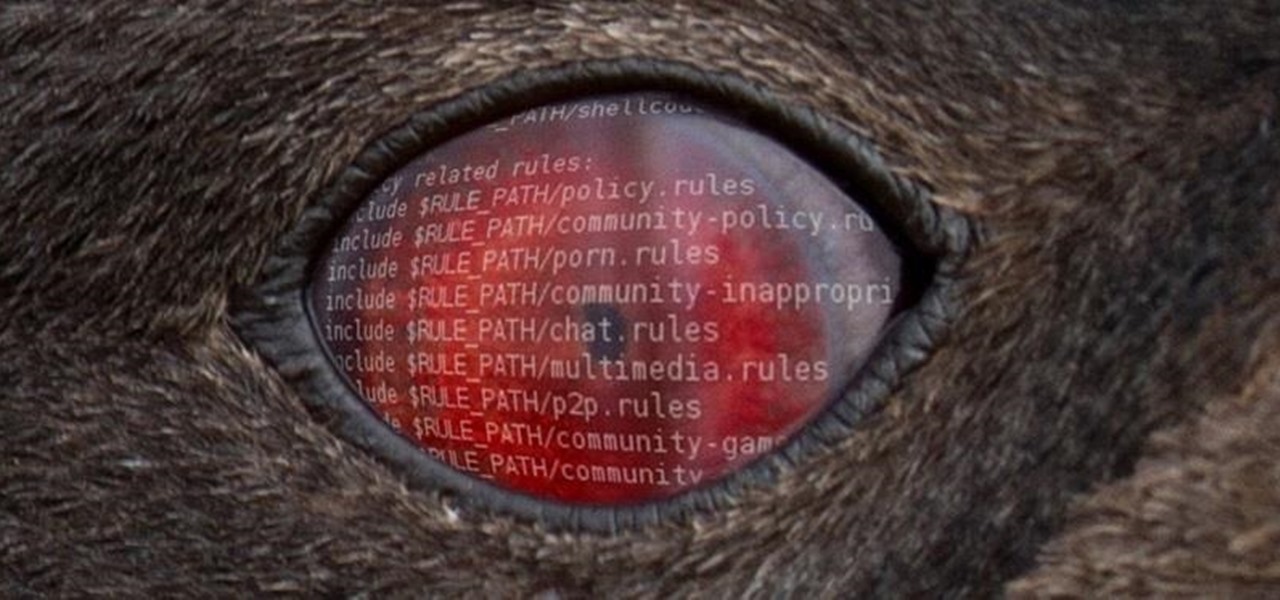
Hack Like a Pro: Linux Basics for the Aspiring Hacker, Part 10 (Manipulating Text)
Welcome back, my aspiring hackers! As mentioned several times in previous Linux tutorials, nearly everything in Linux is a file, and very often they are text files. For instance, all of the configuration files in Linux are text files. To reconfigure an application in Linux, we simply need to open the configuration file, change the text file, re-save, and then restart the application and our reconfiguration is applied.

Hack Like a Pro: Linux Basics for the Aspiring Hacker, Part 9 (Managing Environmental Variables)
Welcome back, my aspiring hackers!

Hack Like a Pro: Linux Basics for the Aspiring Hacker, Part 8 (Managing Processes)
Welcome back, my novice hackers!

Hack Like a Pro: Linux Basics for the Aspiring Hacker, Part 7 (Managing Permissions)
Welcome back, my greenhorn hackers! I've been writing these Linux tutorials in an attempt to fill the void in the education of some aspiring hackers into the Linux operating system. There is a lot to know, and in this tutorial, we'll look at Linux file permissions. Step 1: Checking Permissions

Hack Like a Pro: Linux Basics for the Aspiring Hacker, Part 6 (Networking Basics)
Welcome, my neophyte hackers!

Hack Like a Pro: Linux Basics for the Aspiring Hacker, Part 5 (Installing New Software)
Welcome back, my hacker wannabees!

Hack Like a Pro: Linux Basics for the Aspiring Hacker, Part 4 (Finding Files)
Welcome back, my budding hackers! I began this series on Linux basics because several of you have expressed befuddlement at working with BackTrack on Linux. As a hacker, there is no substitute for Linux skills.

Hack Like a Pro: Linux Basics for the Aspiring Hacker, Part 3 (Managing Directories & Files)
Welcome back, my tenderfoot hackers! This is the third installment of my series on basic Linux skills that every hacker should know. Although some hacking tools are available for Windows and Mac, every real hacker uses Linux—for good reason.

Hack Like a Pro: Linux Basics for the Aspiring Hacker, Part 2 (Creating Directories & Files)
In my first tutorial on Linux basics, I discussed the importance of hackers using Linux and the structure of the directory system. We also looked briefly at the cd command. In this second Linux guide, I'll spend a bit more time with changing directories, listing directories, creating files and directories, and finally, getting help. Let's open up BackTrack and getting started learning more Linux for the aspiring hacker.

Hack Like a Pro: Linux Basics for the Aspiring Hacker, Part 1 (Getting Started)
Welcome back, my hacker trainees! A number of you have written me regarding which operating system is best for hacking. I'll start by saying that nearly every professional and expert hacker uses Linux or Unix. Although some hacks can be done with Windows and Mac OS, nearly all of the hacking tools are developed specifically for Linux. There are some exceptions, though, including software like Cain and Abel, Havij, Zenmap, and Metasploit that are developed or ported for Windows.







